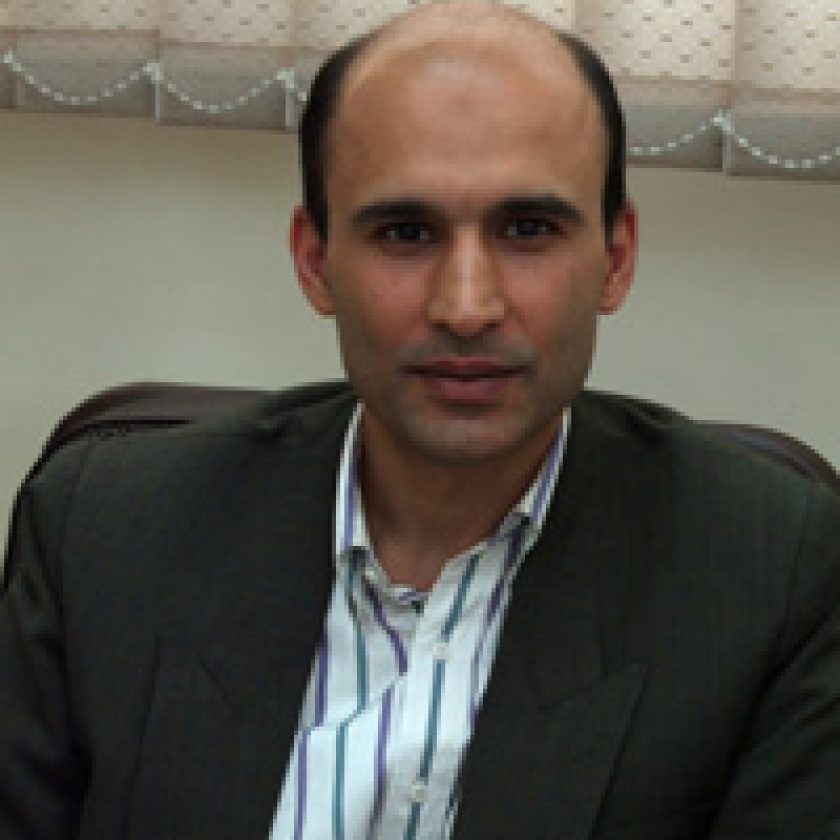Abstract
GARCH(Generalized AutoRegressive Conditional Heteroscedasity) is used to statistically model non-stationary time series for various applications including denoising and target tracking. In the conventional statistical models such as AR and TVAR it is assumed that the conditional variances of processes are constant in time. This assumption seems inadequate in many real world processes. Autoregressive Conditional Heteroscedastic (ARCH) model allows changing in conditional variance over time, a more general approach is GARCH which models the conditional variances by an ARMA process.
Real world signals such as speech, image, video, RADAR, and SONAR signals, . . . etc., and the additive/multiplicative noise generally are non-stationary processes whose accurate statistical model provide a better denoising. On the other hand, there are many fast maneuvering targets such as aircrafts, …, robots, birds, intelligent UAV, soccer players, …etc are to be tracked, however, the traditional techniques are inadequate for such as a purpose. Stochastic Differential Equation(SDE) based on GARCH time varying variance could capture the track of these target much better than the existing Input Estimation(IM) and its improved version Multiple Model (MM). Fast maneuvering targets exhibit Markoving jumps in their acceleration which is modeled by an SDE through a GARCH process.
Biography
Hamidreza Amindavar is a graduate of UW in 1991. He is currently a professor of electrical engineering at Amirkabir University of Technology in Tehran, Iran. Some of the projects he has involved with include fault-tolerant design of electronic pig, development of a motion detection-classifier processor. Meanwhile, his teaching experiences include digital communication, mobile communication, wireless communication, signal/image processing, time-frequency processing, information theory, and some other classes. He also supervised some PhD and Msc projects in the following fields: statistical digital communication, wireless communication, Radar and Sonar, nonlinear-non-Gaussian signal processing, … Currently, he is working on application of nonlinear-non-Gaussian modeling to real time signal denoising and also maneuvering target tracking. Heteroscedasticity, time varying variance, plays an important role in all signals in communication and as a matter of fact, generally speaking, in all signals. This talk provides an introductory approach to GARCH(Generalized Auto-Regressive Conditional Heteroscadsticity) which is usually used to statistically model non-stationary time series, In the conventional statistical models such as AR and TVAR it is assumed that the conditional variances of processes are constant in time. This assumption seems inadequate in many real world processes. Autoregressive Conditional Heteroscedastic (ARCH) model allows changing in conditional variance over time, a more general approach is GARCH which models the conditional variances by an ARMA process. Real world signals such as speech, image, video, RADAR, and SONAR signals, . . . etc., and the additive/multiplicative noise generally are non-stationary processes whose accurate statistical model provide a better denoising. On the other hand, heteroscasdicity is also present in maneuvering targets such as aircrafts, …, robots, birds, intelligent UAV, soccer players, …etc are to be tracked, however, the traditional techniques are inadequate for such as a purpose. Stochastic Differential Equation(SDE) based on GARCH time varying variance could capture the track of these target much better than the existing Input Estimation(IM) and its improved version Multiple Model (MM). Fast maneuvering targets exhibit Markoving jumps in their acceleration which is modeled by an SDE through a GARCH process.


